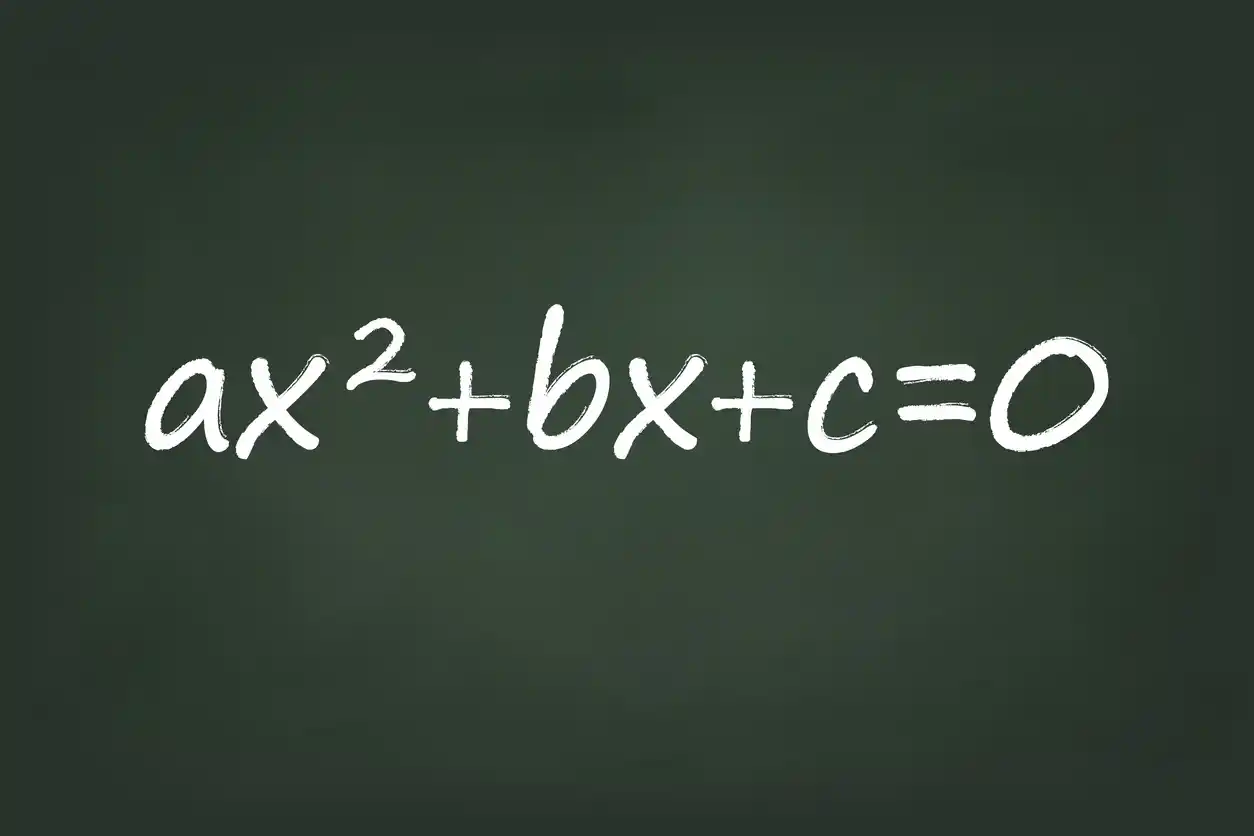Practical Applications
This blog post provides a detailed guide on how to effectively teach students to evaluate a function through function notation examples; including do’s and don’ts, common mistakes with function notation, and practical examples. Lesson, worksheets, and video resources available here!
First Things First
Did you download yet my *FREE* research-based Algebra 2 Pretest with Answers here?
Check out my related:
- Intro to Function Notation: Lesson with a real-world example, worksheets, homework and keys.
- Are Relations Functions? Lesson, worksheet, activity, word problem, notes and keys.
I also made a YouTube video here as I visually go over a function notation real-world example on how to evaluate the function. And I discuss what the slope & y-intercept mean in the context of the problem; and more!
Do’s
- Before diving into the process of how to evaluate the function, it’s essential to ensure that students have a solid understanding of what a function even is. I made a whole blog post on functions here.
- It would be a great exercise to ask students as a Warm Up to define a function. A function is a relation between a set of inputs and a set of possible outputs where each input is related to exactly one output. Simply put, I personally accept the answer from my students that there’s no repeating x-values.
- Go over function notation real-world examples, like in my YouTube video, or my introductory lesson resources.
- It would be a great time at the beginning or end of class to share with students that understanding how to evaluate real-world functions and interpret their slope and y-intercept is an important skill in various contexts. For example, this knowledge can be applied to analyzing the relationship between:
- The price of a product and the quantity demanded.
- The distance traveled and the time elapsed.
- The amount of water consumed and the temperature outside.
- The number of hours worked and the total earnings.
Don’ts:
Avoid Overcomplicating:
- Don’t introduce too many complex functions at once.
- Keep initial examples simple to build confidence.
Don’t Skip Steps:
- Ensure students understand each step of the process.
- Don’t assume they know intermediate steps without verification.
Don’t Ignore Common Mistakes:
- Address common errors head-on. I’ll talk about common mistakes down below.
- Use mistakes as teaching moments to clarify misconceptions.
Don’t Rush Through Examples:
- Take the time to explain each example thoroughly.
- Ensure students grasp the process before moving on.
Common Mistakes and How to Address Them
1. Misunderstanding Function Notation:
Common Mistake: Students often confuse the function notation $f(x)$ as multiplying $f$ times x.
Solution: Emphasize that $f(x)$ is pronounced “$f$ of x”. It represents the function value at x, not multiplication. Use analogies, such as thinking of $f(x)$ as a machine where x is the input and $f(x)$ is the output. Stress that $f(x)$ can therefore be viewed as the $y$ variable of the function. That is why, for example, we can name the function $y=x^2$ the same as $f(x)=x^2$.
Another good point to make is that we can actually use any variables we want. For example, $S(h)$ can represent the function where your salary (S) is a function of the hours worked (h).
2. Incorrect Substitution:
Common Mistake: Students substitute incorrectly, often by replacing variables inconsistently.
Solution: Teach students to write out the substitution step clearly. For example, if $f(x) = 2x + 3$, and they need to find $f(4)$, show them to write $f(4) = 2(4) + 3$. Also make sure before doing anything to ask them what $f(4)$ even means in the first place. Remind them that math is a language, and it is literally asking you to find the y value when the x value equals 4.
3. Ignoring Parentheses:
Common Mistake: When substituting negative numbers or expressions, students often neglect parentheses, leading to incorrect answers.
Solution: Stress the importance of using parentheses during substitution. For example, for $f(x) = x^2$ and evaluating $f(-3)$, demonstrate that $f(-3) = (-3)^2=9$, not $-3^2=-9$.
4. Overlooking Order of Operations:
Common Mistake: Students frequently ignore the order of operations (PEMDAS/GEMDAS).
Solution: Reinforce the order of operations through practice problems. Provide examples that require careful attention to these rules.
5. Misinterpreting Function Graphs:
Common Mistake: Students might misread graphs, leading to incorrect function values.
Solution: Teach students how to accurately read and interpret function graphs. Use graphing tools and exercises to build this skill.
Engaging Students with Interactive Activities
1. Function Machines:
- Use function machines as a visual aid to demonstrate the process of how to evaluate the function.
- Students can input values and see the output, reinforcing the concept.
2. Group Work:
- Assign group activities where students evaluate functions together.
- Encourage peer teaching and collaborative problem-solving.
3. Technology Integration:
- Utilize graphing calculators or software like Desmos to visualize functions.
- Interactive tools can make learning more engaging and help students understand the concepts better.
4. Real-World Problems:
- Present real-world scenarios where evaluating functions is necessary.
- For example, calculating interest in financial mathematics or determining distance in physics.







